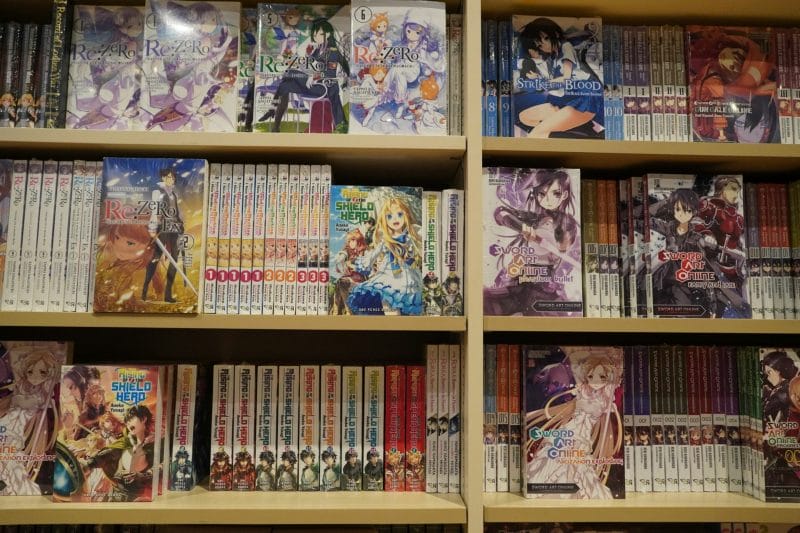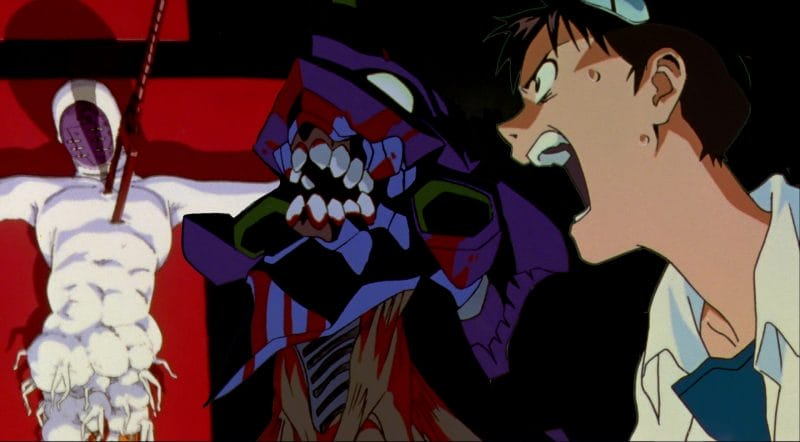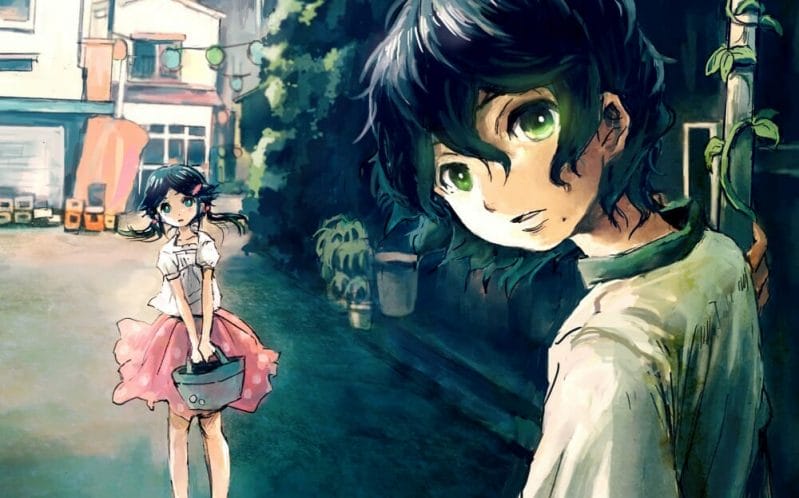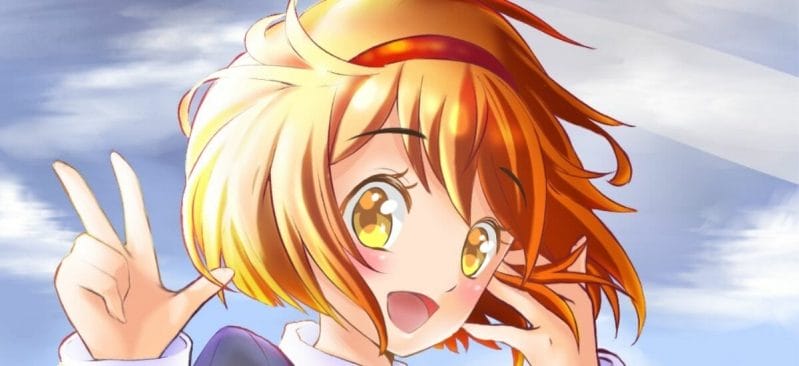If you were a student at the turn of the millennium, there is a good chance that you can recall that knee-jerk look of disgust that your art teachers gave when someone mentioned “anime.” Sometimes, though, if you were lucky, you’d find that one instructor who would encourage you to embrace the medium. I was fortunate enough to have a professor who helped to foster my love of anime, and urged me to continue exploring it during my college career. His guidance stayed with me through my tenure in graduate school, as a member of my university’s Art Education department. It was by some small miracle that I was able to convince my director to allow me to cover anime and Japanese art history for my master’s thesis. This love eventually worked its way into my lessons as I entered the professional world as a licensed art teacher in Tennessee, and as a special education teacher in Arkansas.
Over the past decade of my career, I began to integrate the works of Studio Ghibli into my curriculum. The studio’s films are the easiest to digest, and arguably the safest to integrate into a classroom setting. This journey began in earnest in January 2021. I was teaching a special education class, and decided that we should watch Gorō Miyazaki’s Earwig and the Witch. Not only was it Studio Ghibli’s most recent film, it tied into the overall lesson plan as an adaptation of Dianne Wynn Jones’ novel of the same name.
And, if I could be fully honest, I just wanted an excuse to bring anime into the classroom.
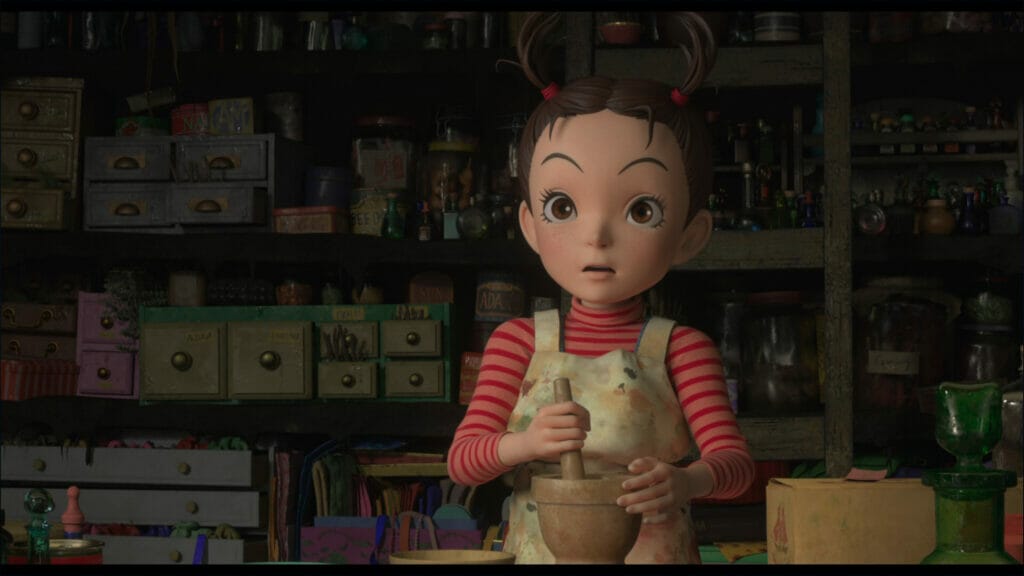
The lessons would begin with the class reading the book, chapter by chapter, while also listening to the audiobook version. Many of my students had challenges with reading, so the audiobook allowed them to listen while tracking the words on the page.
We followed up the readings by watching the corresponding portion of the film. Afterward, we held a discussion on the ways that the movie and the book differed from each other, as well as how Studio Ghibli adapted Paul O. Zelinsky’s original illustrations for the movie.
This all culminated in a final project, which assigned each student a portion of the story. After a discussion on illustration, each student was tasked with illustrating their segment from a new perspective. The exercise allowed my art class to gain a new understanding of the process of illustration, and how renditions of films and books can take many forms. The film was a hit with my students, who also showed real excitement about reading the source material.
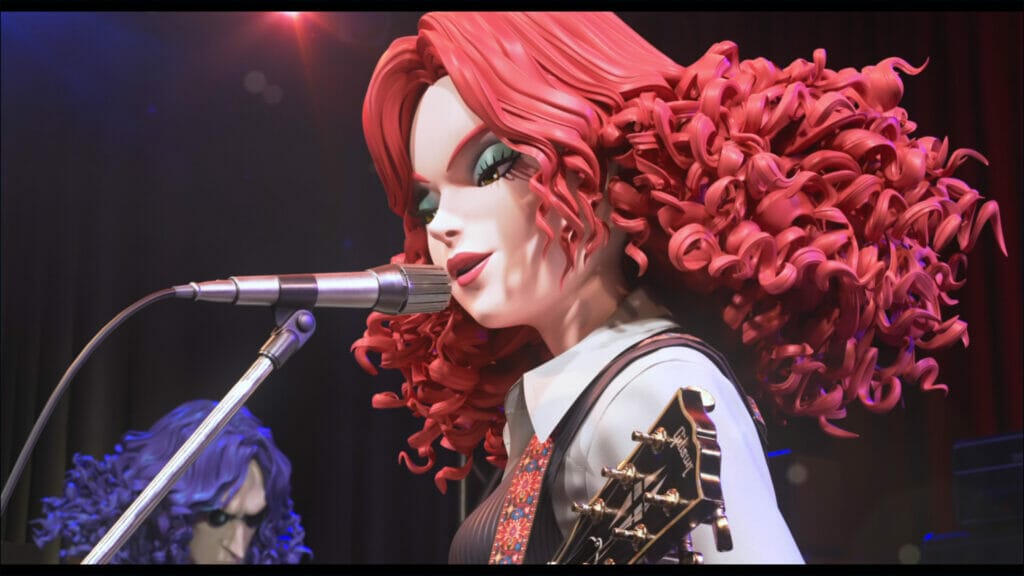
It was around this time that we were also discussing World War II with the students.
Ghibli is no stranger to the era, with two of the studio’s landmark films — The Wind Rises and Grave of the Fireflies — focusing on Japan’s role in the war. For our lessons, we focused on the American perspective of the bombing of Pearl Harbor and the subsequent war effort. Ghibli’s films, though, offered an opportunity to make a 180-degree turn and show how World War II affected Japan on a human level.

We first watched The Wind Rises. I explained that this was a dramatized take on the life of Jiro Horikoshi, who would go on to design the A6M Zero planes that would ultimately be used to attack Pearl Harbor in 1941. The students and I discussed how the themes of the film gave the impression that Miyazaki’s film glorified the war versus Grave of the Fireflies, which showed the hardships and horrors of war. Integrating The Grave of the Fireflies was much more difficult than The Wind Rises due to the nature of the school I taught at during this time, but I also didn’t want to shy away from history. A majority of my students were admitted to the school’s facility due to trauma, and The Grave of the Fireflies is about the devastating existence of a brother and sister during wartime.
In conjunction with the film, though, I created worksheets that focused on what happened to people like the brother and sister in The Grave of the Fireflies. I didn’t play the entire movie for my students, rather I used clips to illustrate the fire bombings, people spending time in shelters, and the division of families during hardships. We used that as a jumping-off point for discussions about what life is like during times of war anywhere in the world that are connected to current events.
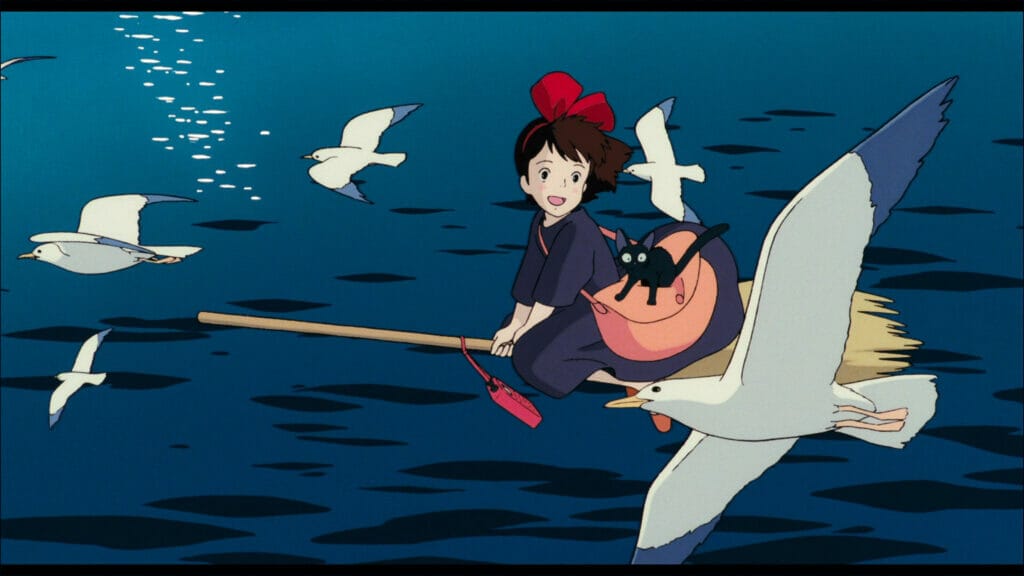
It’s this diverse set of perspectives, told in a universally appealing manner, that allowed me to work Studio Ghibli’s films into my lessons. The fact that many of the studio’s films are based on classical literature and historical figures allow teachers to integrate the films into a wide variety of lesson plans. These works are regularly republished, and often available at local bookstores, or via retailers like Barnes & Noble. Furthermore, many of these books are also available on audiobook services like Audible. Most of Ghibli’s movies, meanwhile, can be found in stores like Walmart and Target, as well as on HBO Max.
The films, themselves, provide ample opportunities for cross-curricular connections, particularly as supplements to History, English, and even Art classes. They offer an entertaining bridge to bringing school work to a new level for teachers and students. Teachers can make connections between the source material, which includes classics like Howl’s Moving Castle, Kiki’s Delivery Service, and Tales From Earthsea, allowing educators to reach multiple types of learners. The films are engaging, which invites students to relate to the works that are out of their normal scope of what they might encounter in their daily lives and in school.
Administrations, meanwhile, who may see this as a case of “just watching cartoons,” have it brought to their attention that the source material is no different from the classics teachers are already exposing their students to, and that watching the film is no different from watching a live-action adaptation of the books such as The Scarlet Letter or Romeo and Juliet. Once the material is agreed upon, the administrators are able to easily preview and ask for more references if needed.
As a medium, anime has so much potential in the classroom and can no longer be ignored as a legitimate source. There will always be hurdles to cross, as a review of new materials is always needed before they can be presented to a class. This has recently been exacerbated in our current political climate, which has seen attempts to ban specific books from classrooms across the United States. This has forced many educators to tread lightly when pushing for various media outside of the norms of what was previously considered “acceptable.”
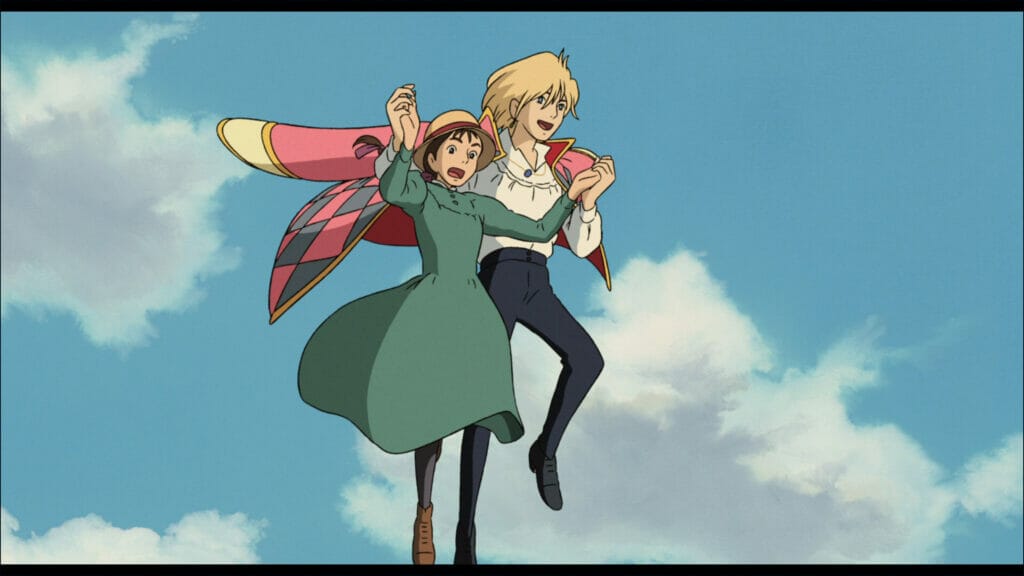
Even in this light, though, the newest generation of educators is beginning to plant its feet on the ground, claiming their positions as leaders of the next generation. They’re bringing in new materials, new methods, and new ways to engage students in the classroom. Day by day, we’re changing the face of education, challenging the accepted norms of the old days. Hopefully, as the years go by, more and more anime works will become a trusted tool in educators’ kits.




